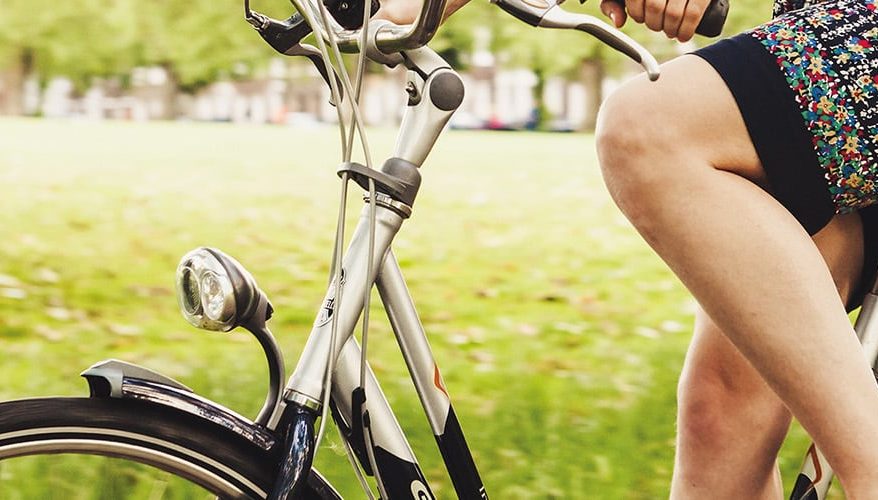
Wellness has become a major trend in the workplace within recent years and especially now in 2018, and for good reason – failure to stay healthy and stress-free at work has according to research, been shown to cost the UK up to 314.9 billion in sickness and injury, during 2015/6 alone.
Employers should already be aware of just how much can be lost to the poor physical and mental health of their employees, and more importantly, they should be aware of what they can do to support staff, and make work as positive an experience as possible. From health initiatives to flexible working hours, there are many ways to help alleviate stress and encourage healthy living within the workplace. However, one area of the workplace has, until now, largely been neglected when it comes to the significant impact it can have on wellbeing – and that is the physical workspace itself.
According to Tom Savigar, speaking at the WORKTECH Wellness Conference in London, September 2017,
“the mind market for wellness is growing faster than the body market”.
Since we know that work stress is regularly cited as the biggest stress in many people’s lives (source), it therefore makes sense for employers to tackle the issue directly, and in as many ways as possible. When we consider that physical environment can have a major impact upon our mental health and wellbeing, it is surprising that many are continuing to overlook workspace design as a method of cultivating a healthier and more resilient workforce.
Enter the principle of mindful design, one of WORKTECH’s biggest workplace trends for 2018.
“Workplace designers should themselves practice mindfulness to create spaces that give the overworked brain a rest and promote psychological comfort” ~ Aidan Walker, also speaking at WORKTECH’s Wellness Conference.
Mindful design incorporates seven different principles, to create a more harmonised working experience for everyone – curiosity, creativity, compassion, craftsmanship, collaboration, communication and critical intelligence.
While there are no specific rules in how to bring about mindful design, the focus should be on achieving better work/life balance for all employees, and should also promote stronger relationships (and therefore, better communication and support) between colleagues.
The final image of mindful design may vary from business to business, but the finished effect should be the same: happier employees, lower sickness levels, and increased productivity.
After all, contented employees can only lead to a positive outcome.



